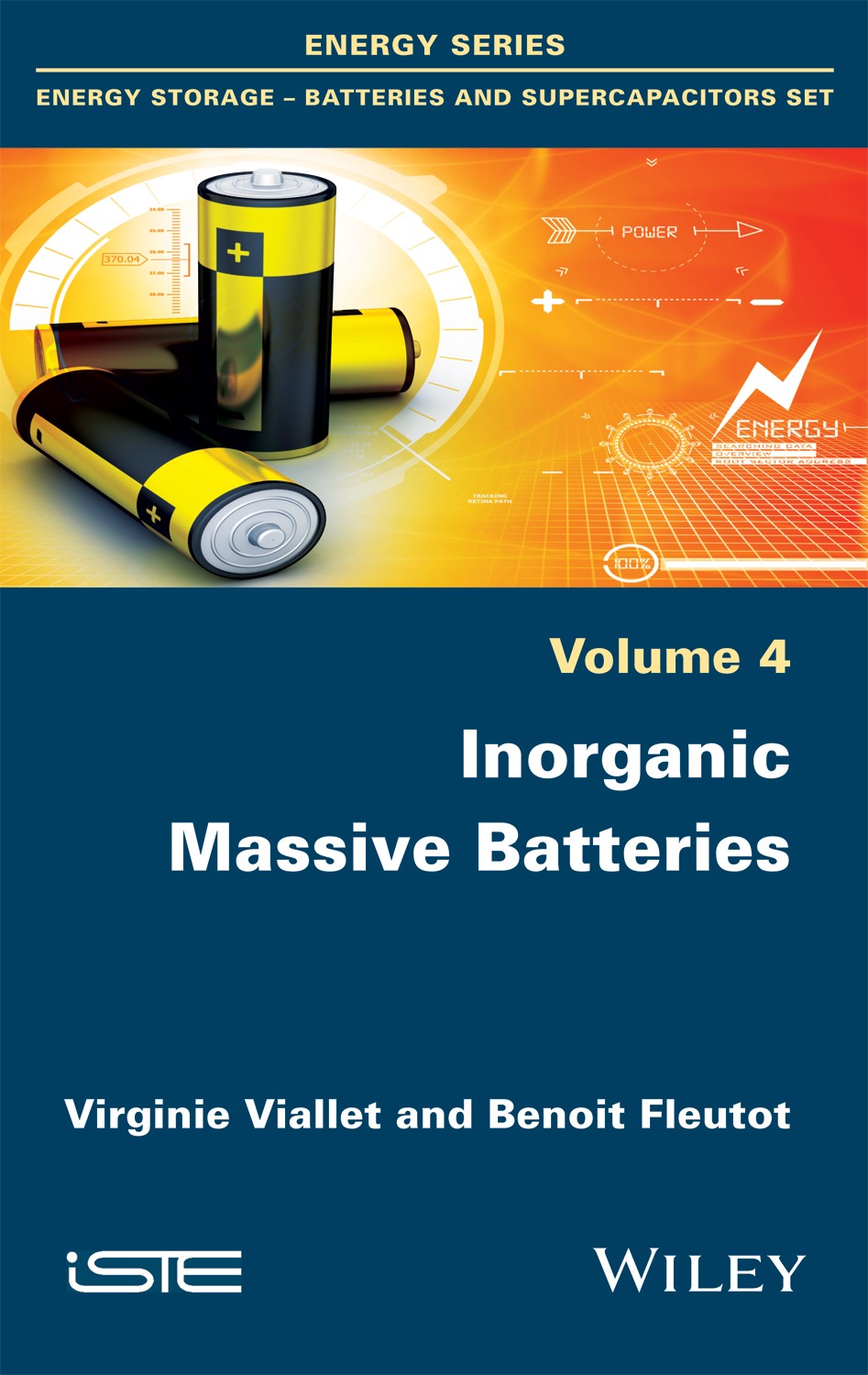
Since the 1990s, Li-ion batteries have been the most commonly-used energy storage systems. As the demand for performance and safety continues to grow, commercial batteries with liquid electrolytes or gels may not be able to meet the needs of emerging applications, such as the power supply of electric and hybrid vehicles and the storage of […]
Since the 1990s, Li-ion batteries have been the most commonly-used energy storage systems. As the demand for performance and safety continues to grow, commercial batteries with liquid electrolytes or gels may not be able to meet the needs of emerging applications, such as the power supply of electric and hybrid vehicles and the storage of renewable energies.
It is therefore necessary to develop advanced technologies for storage systems that meet industrial specifications such as high energy densities, long service life, low production costs, little or no maintenance and a high security of use. This book focuses on “all-solid-state” batteries, which are an emerging technology of choice to meet these requirements. In this technology, the electrolyte within the separation between the two electrodes is no longer liquid, but solid.
1. Anatomy of an All-Solid-State Battery.
2. Solid Ionic Conductors.
3. All-Solid-State Battery Technology Using Solid Sulfide Electrolytes.
4. Monolithic “All-Solid-State” Batteries Using Solid Oxide Electrolytes.
5. LiBH4 Electrolyte and Polymer Battery Technology.
6. Markets.

